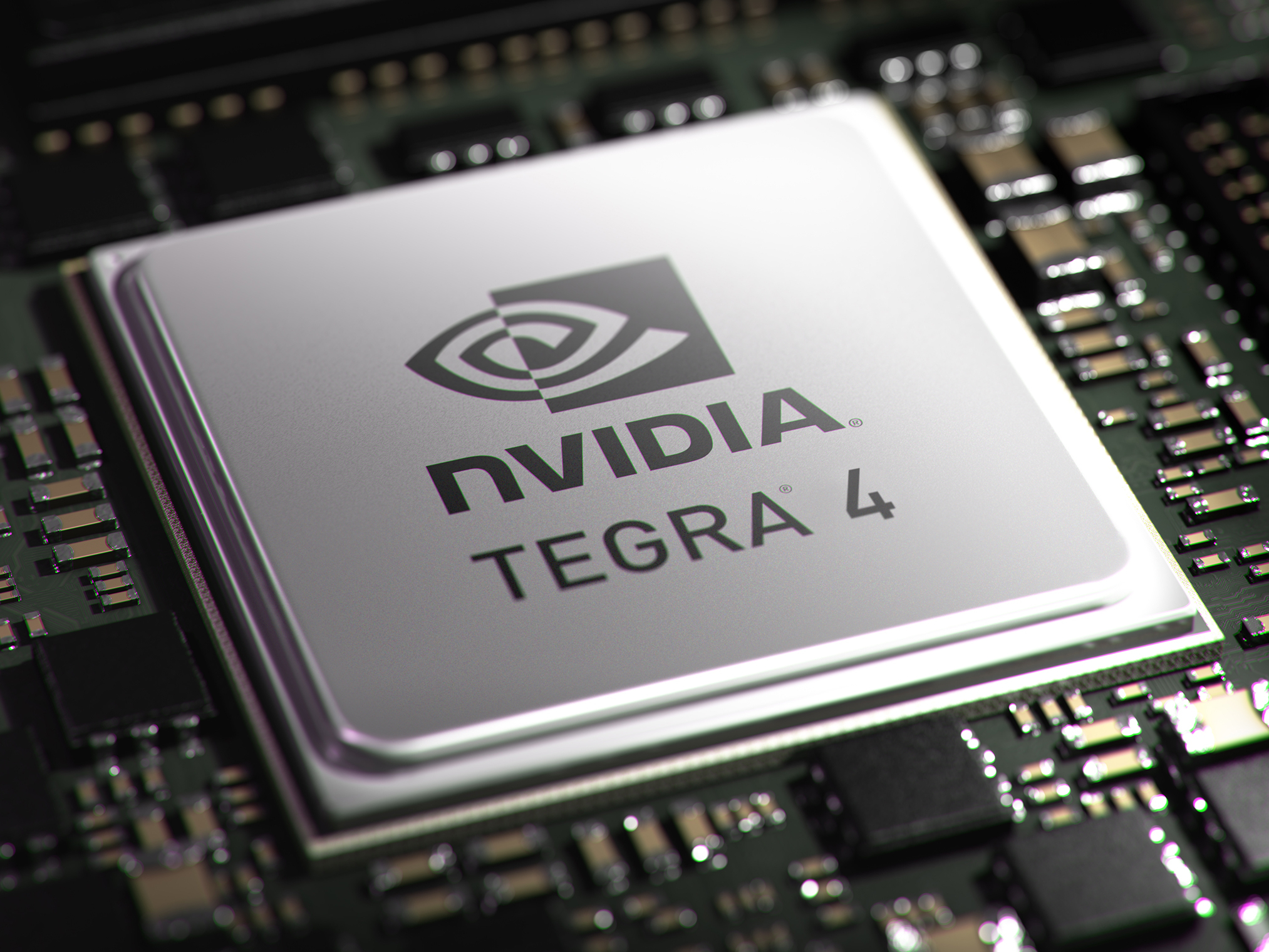GTC 2013: Hands-on with Tegra 4's Chimera
This feature should improve your library of photos plugged into Facebook.
On Wednesday during Nvidia's GTC 2013 show in San Jose, I dropped by their booth in the exhibit hall to see what they were showing developers and the press. Consuming most of the space was Tegra 4 including Project Shield, which I've already written about, and a demonstration of the quad-core chip's very cool always-on HDR feature via Chimera.
If you're unfamiliar with HDR, it means High Dynamic Range and allows for a greater dynamic range between the lightest and darkest areas of an image. Once the user takes a snapshot, it essentially takes two pictures and picks the best data out of each, producing a brilliant image.
My iPhone features HDR; I typically keep this setting on because I hate how the flash can wash out a scene. Unfortunately, the process isn't instantaneous as it takes roughly two to three seconds to complete a shot after I press the virtual button. The Tegra 4's Chimera architecture, dubbed as the world's first computational photography architecture, nukes that time restraint, providing real-time, instantaneous HDR even when viewing the scene through the touchscreen.
Nvidia's hands-on demo consisted of a model village built within a lighted, enclosed scene, and a Tegra 4 tablet mounted on the front. Unfortunately, I didn't think to actually take a picture until after the showroom floor was closed and the bouncers prevented me from re-entering to take a quick shot. But Intomobile was there and provides an image and video, as shown here.
Regardless, the point of the demo was to show the end-user the difference between your standard shot, and an image taken with HDR. You can literally move your finger across the screen to enable and disable HDR in real time. Want to compare the two? Leave the slider directly in the middle. Ultimately you aren't required to wait two to three seconds for the chip to process the HDR information, and that's a good thing.
Nvidia's Chimera demo also showed the cool tap-to-track feature in action. This allows the Tegra 4 smartphone or tablet to track a defined object and not only keep it in focus in real-time, but retain the proper exposure even when the object or device moves in real-time as well.
As an example, say your son is out in the field playing soccer and you want a shot. Simply draw a virtual box around his jersey numbers on-screen, and Chimera does the rest. So not only do you have high-quality still images in a smartphone or tablet, but the capability of capturing objects that are in motion while retaining the same high-quality output.
Get Tom's Hardware's best news and in-depth reviews, straight to your inbox.
If anything, Tegra 4 and Chimera will start improving the moments we capture in our daily lives without requiring us to sink tons of money on a high-end DSLR camera. While there are HDR-compatible mobile devices like the iPhone 4S and later on the market, Tegra 4 should help push the high-def format into the mainstream market even more. That said, devices sporting the lovely quad-core ship will start shipping in 2Q13.

Kevin Parrish has over a decade of experience as a writer, editor, and product tester. His work focused on computer hardware, networking equipment, smartphones, tablets, gaming consoles, and other internet-connected devices. His work has appeared in Tom's Hardware, Tom's Guide, Maximum PC, Digital Trends, Android Authority, How-To Geek, Lifewire, and others.
-
dalethepcman Mix this tech with the larger sensors on HTC's new 4MP lens and you have a winner. Photos captured in real time with the best possible exposure that take 1/4 the storage space and look better than the 8+MP pictures from the opposition.Reply
Yes please.. -
renz496 i heard that nvidia miss the boat with the next 7 inch nexus because tegra 4 was late. plus google want soc with integrated 3G/LTE for the next nexus 7. right now most point at qualcom chip for the next nexus 7. does anyone know what exact chip will be use in the upcoming new nexus 7?Reply -
thesuperject LORD_ORIONYeah but... the next Nexus 7 does not use Tegra 4 :\What tablet will?Reply
Wait, where was that info detailed?
